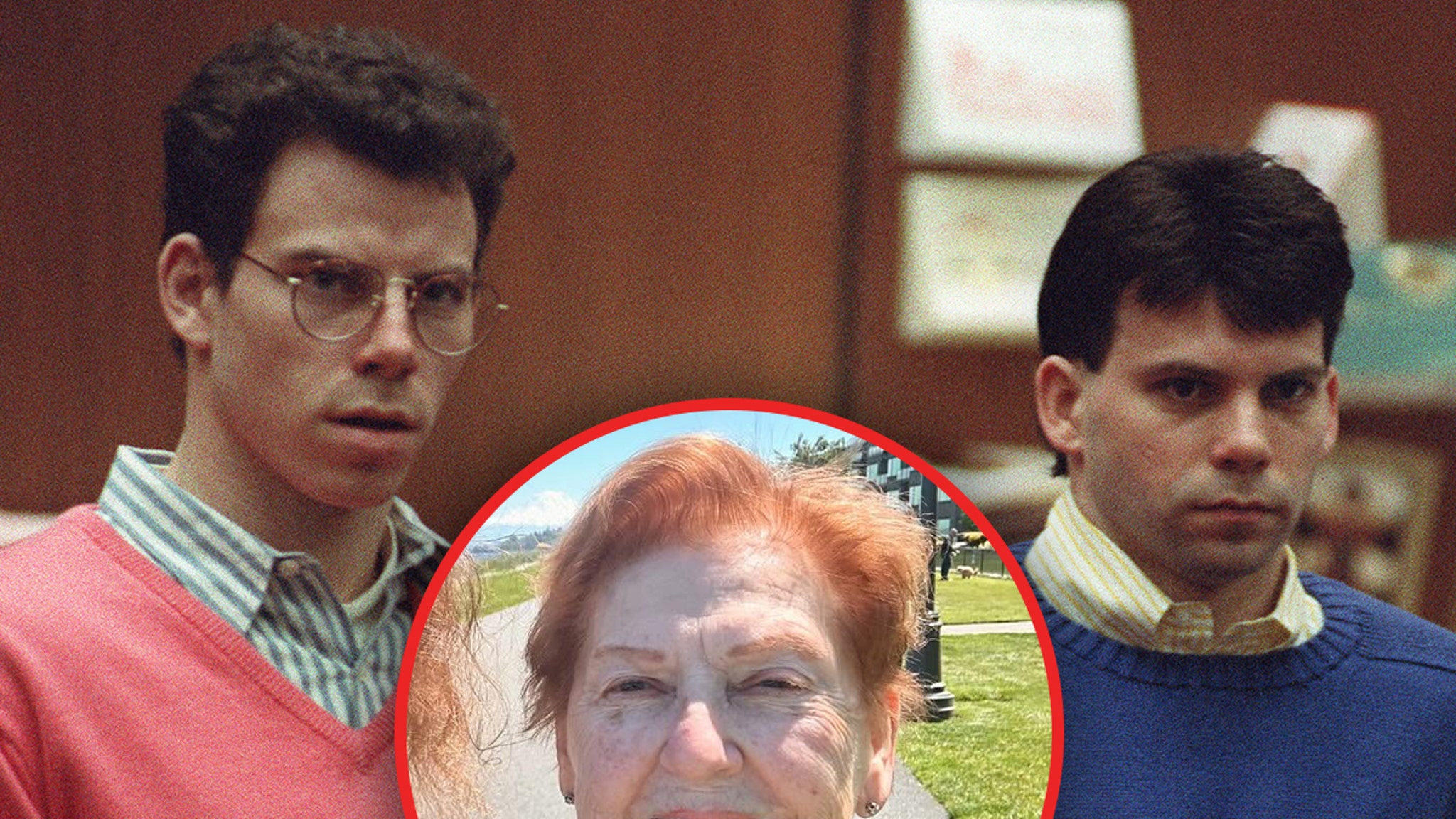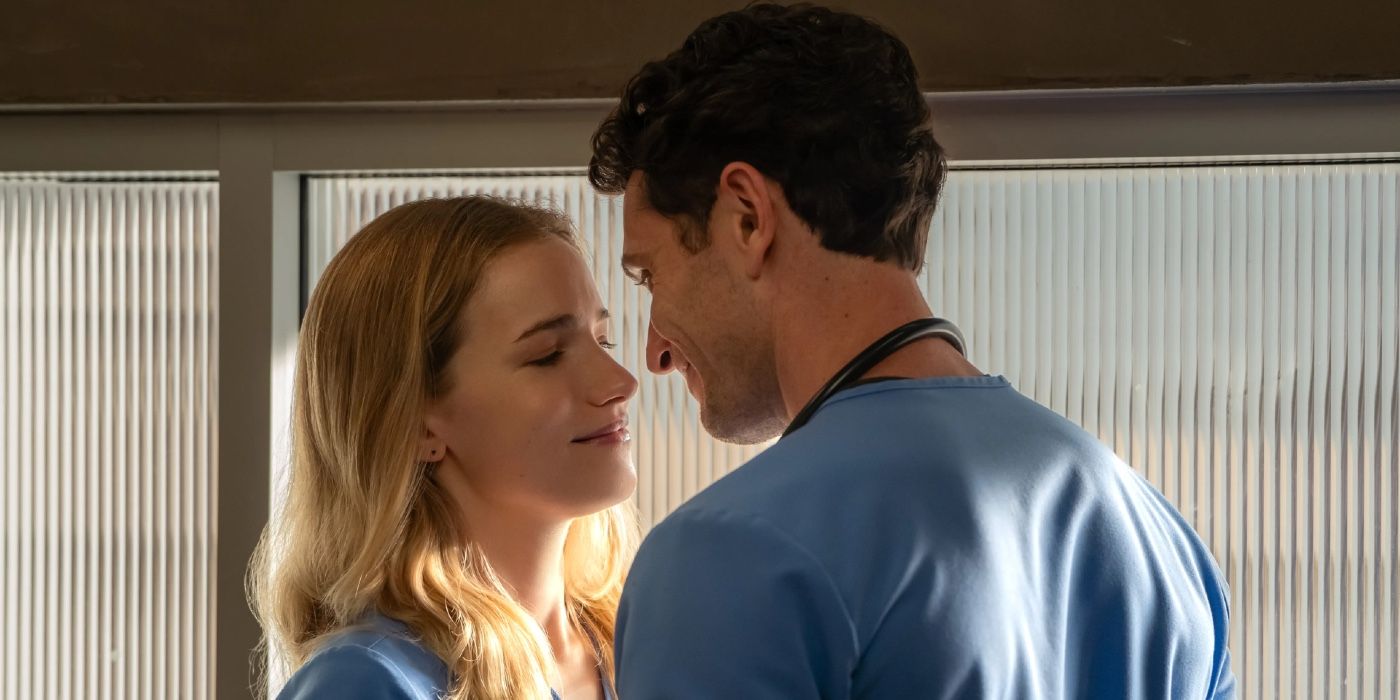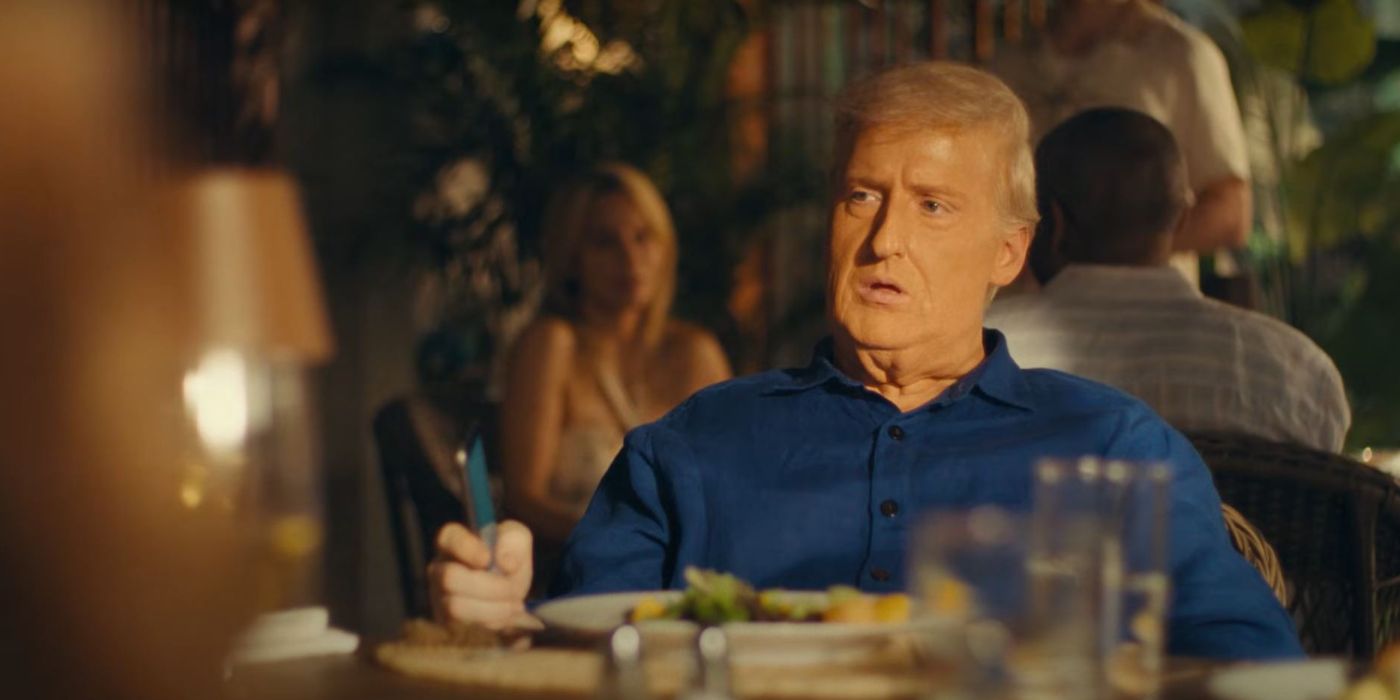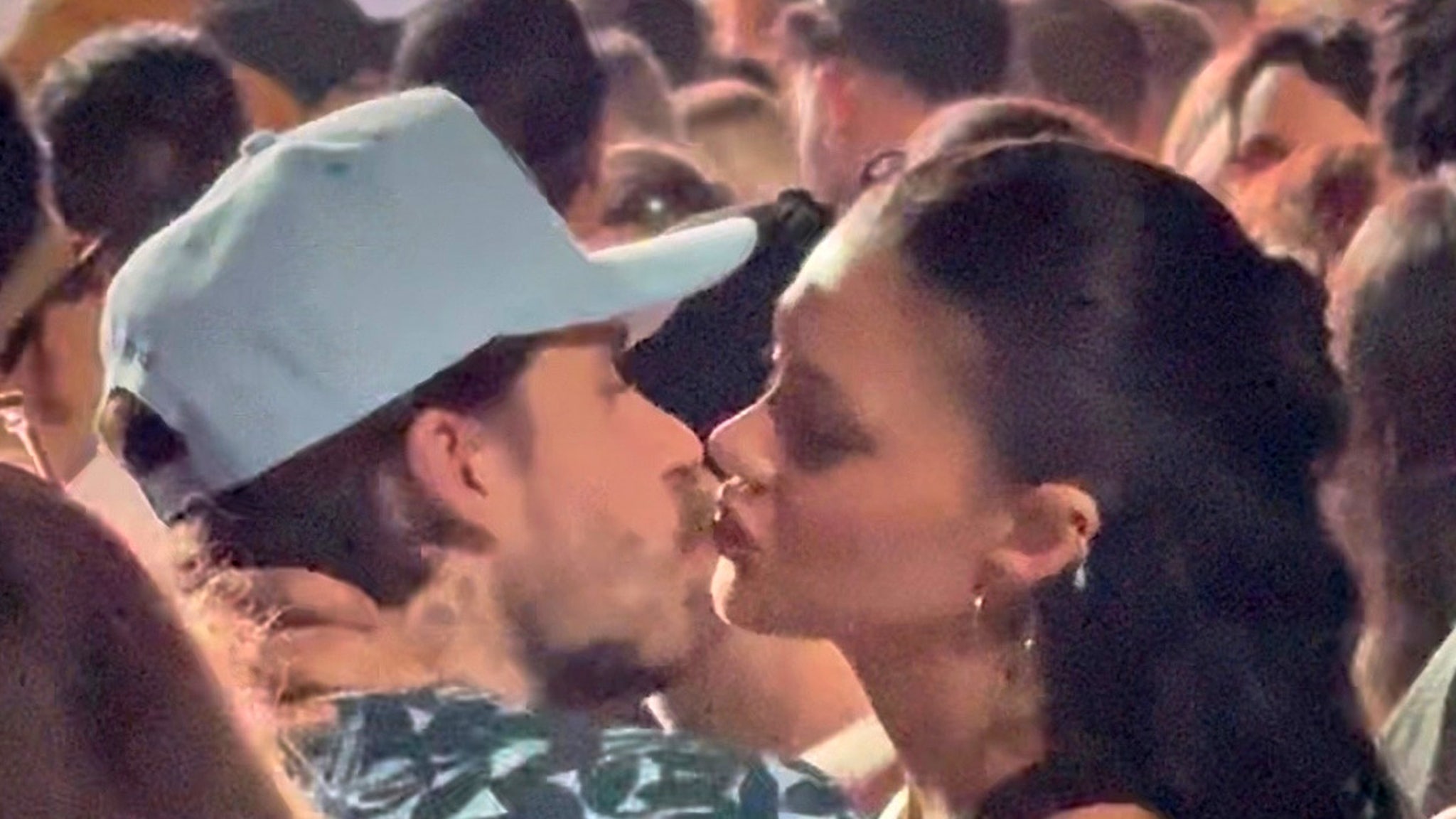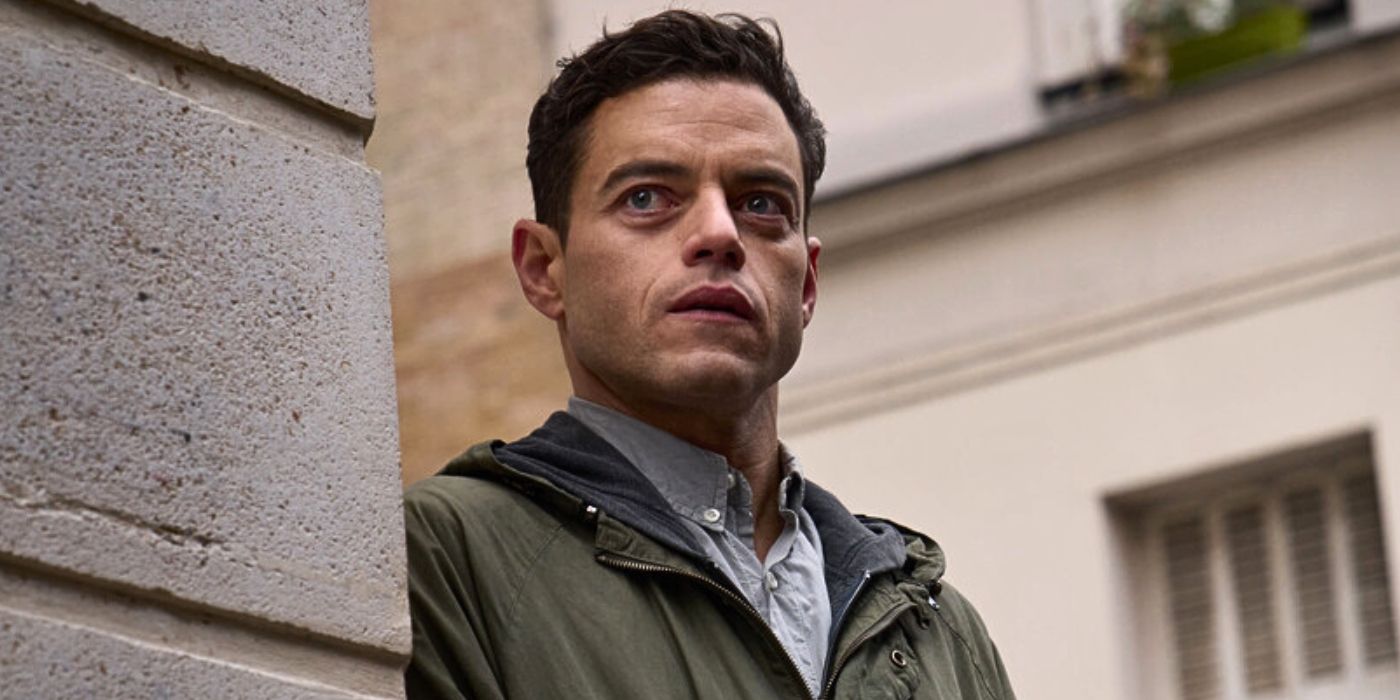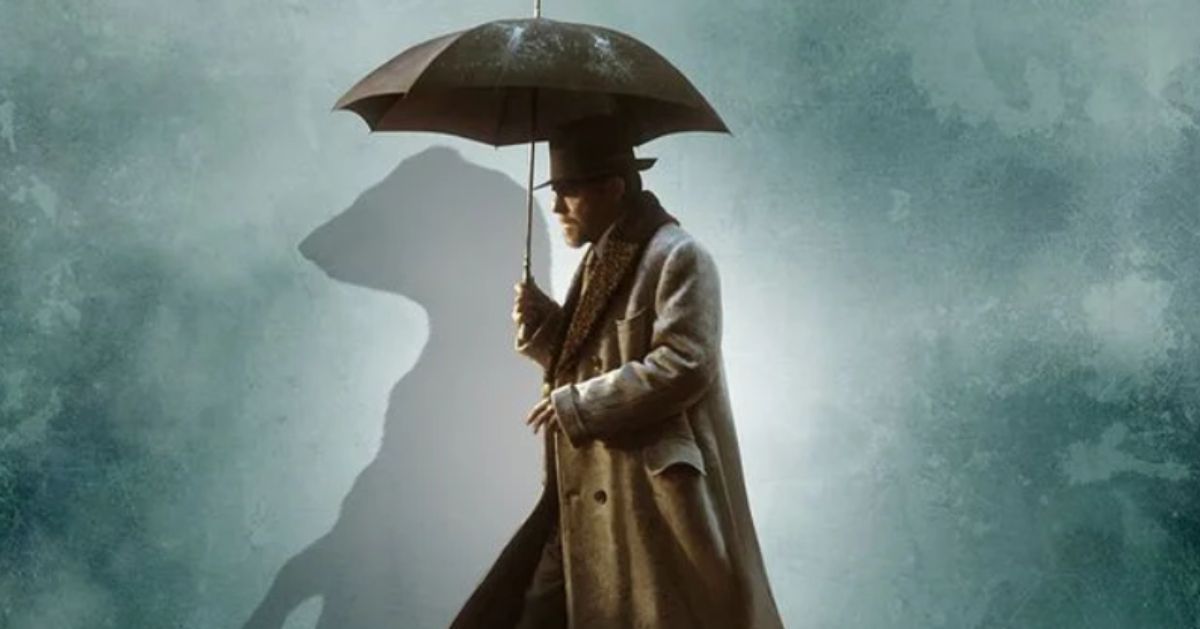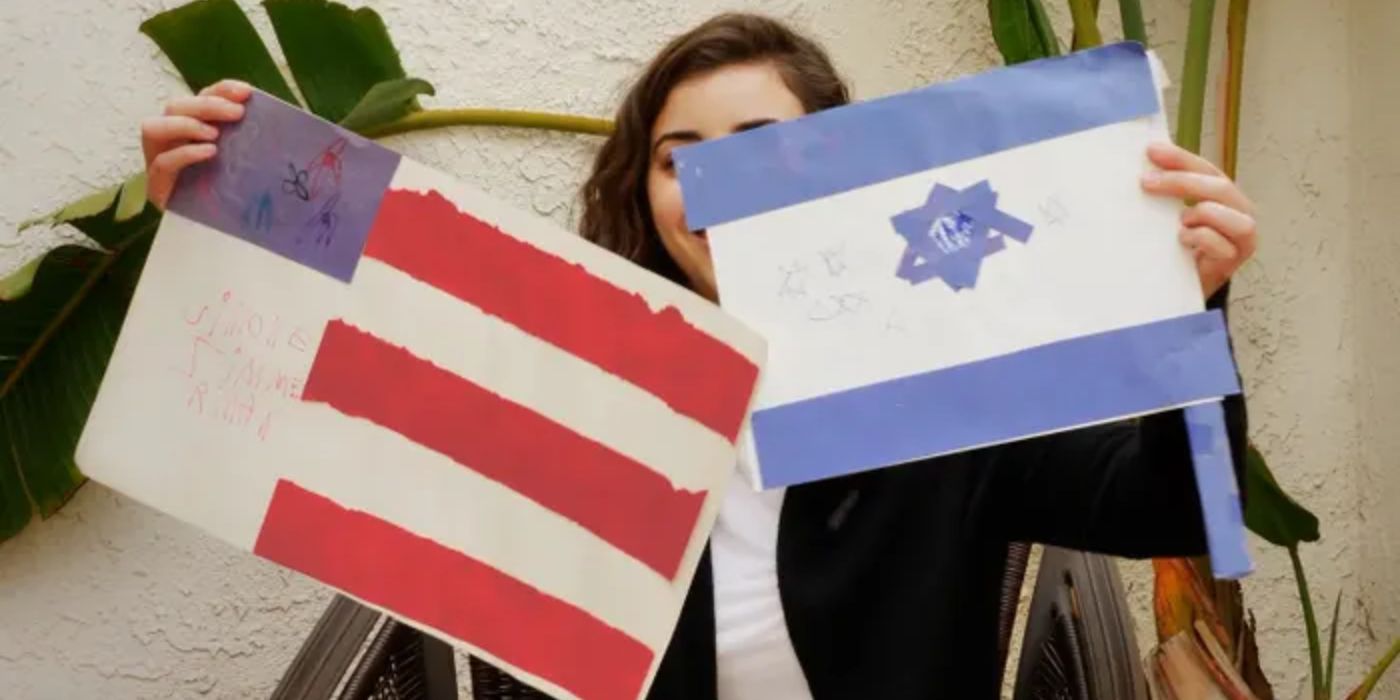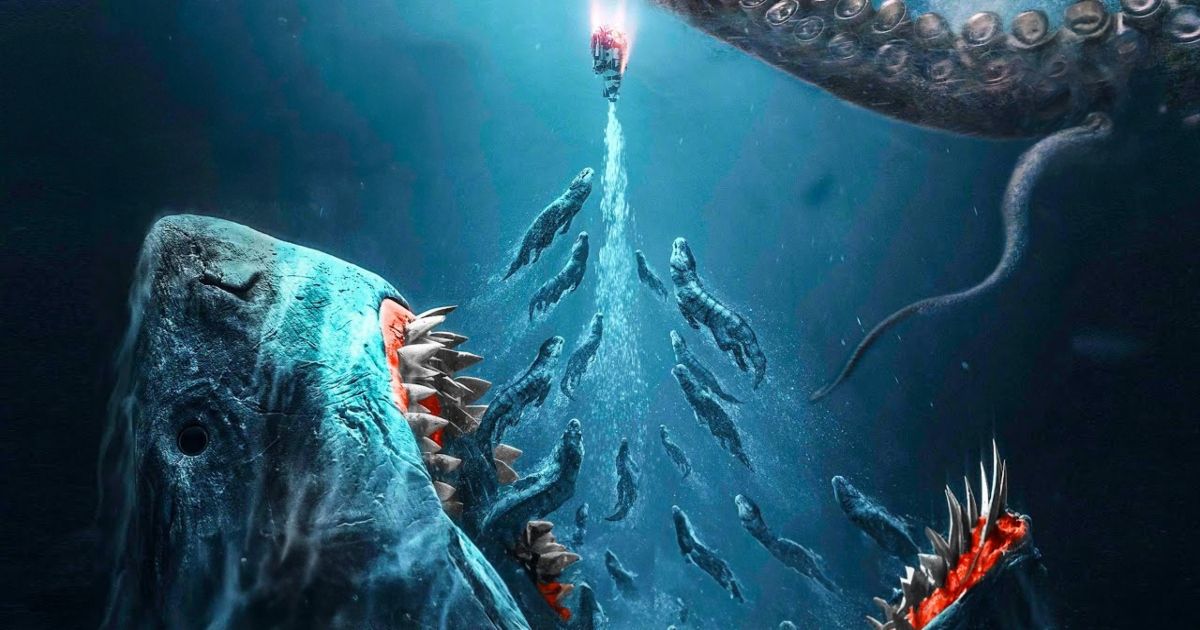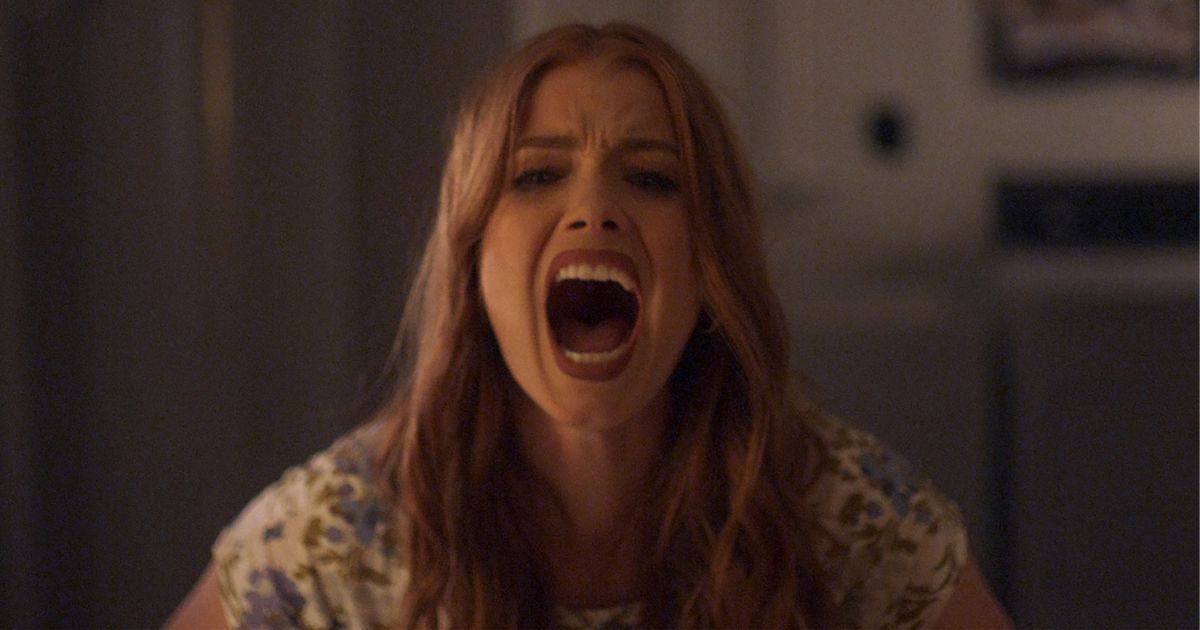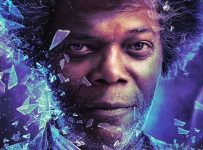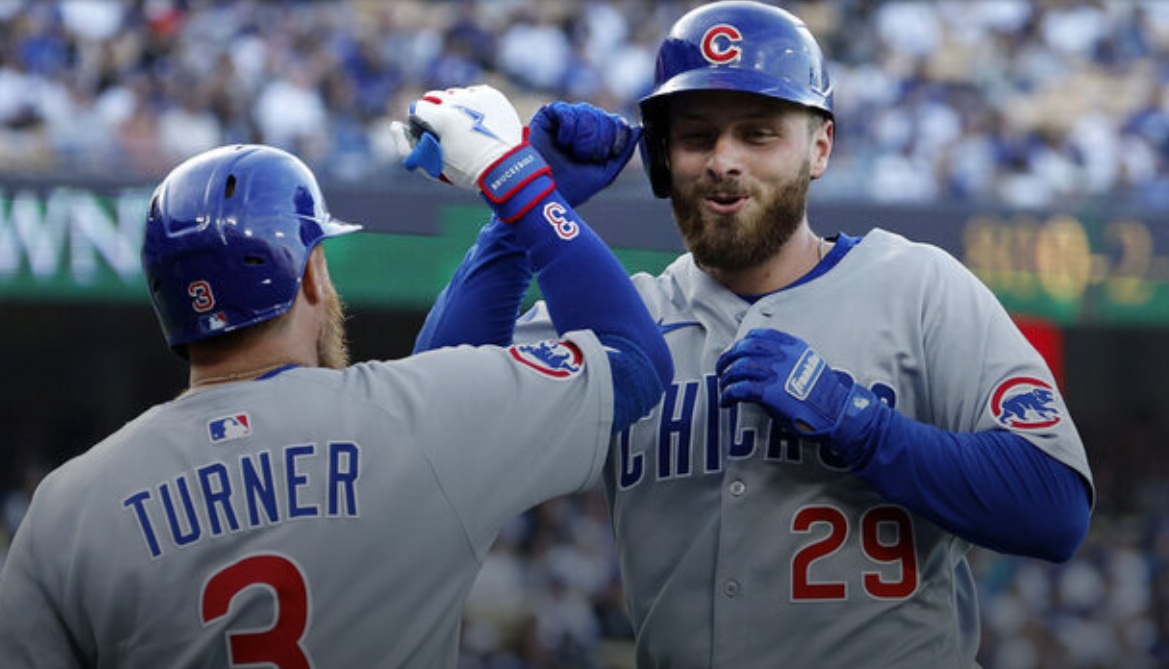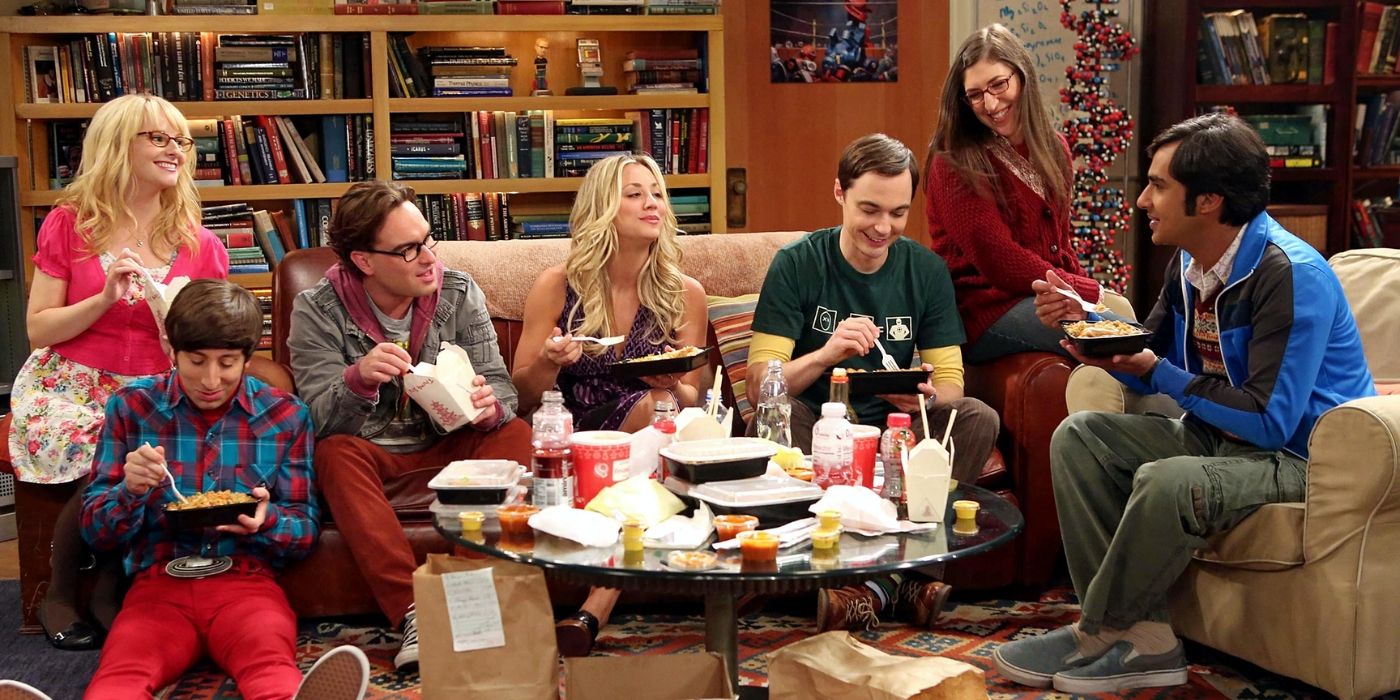Nandor Fodor and the Talking Mongoose is the bonkers true story of a 1930s British tabloid sensation that captured the public’s imagination. Gef, the allegedly verbose critter, lived on the farm of James Irving at Cashen’s Gap in the Isle of Man. Simon Pegg stars as Fodor, a famed Hungarian parapsychologist at the time, who attempted to prove that Gef was a hoax perpetuated by the Irving family as a publicity stunt. The film toys with the possibility of Gef’s existence through darkly comic reveals, but posits that accepting Gef as real was an individual choice based on an optimistic outlook. There are a few dry chuckles but a slow pace and lack of supporting character exposition ends up detrimental.
Fodor (Pegg) sits for a skeptical radio interview in 1937. The host considers paranormal and unexplained phenomena to be complete rubbish. Fodor responds that just because he can see something, and others cannot, doesn’t mean it’s not there. The narrative flashes back several years earlier with a grumpy Fodor returning to his flat. Anne (Minnie Driver), his loyal and flustered assistant, pours him whiskey while reading the day’s mail. Fodor drinks heavily and ignores her summaries until one letter grabs his attention.
Harry Price (Christopher Lloyd), a dear colleague, visited the Irving family after receiving detailed accounts from them about Gef. A trip to the farm with another paranormal researcher didn’t result in a Gef sighting, but proved disturbing enough to warrant Fodor’s attention. The constantly drinking and smoking Fodor isn’t impressed. This is obviously some kind of trick. He becomes more convinced after learning the Irvings’ daughter, Voirrey (Jessica Balmer), was a skilled ventriloquist.
A Room Full of Skeptics
Fodor and Anne venture to the remote Irving farm. They’re received by James (Tim Downie), his loquacious wife Margaret (Ruth Connell), the quiet Voirrey, and farmhand Errol (Gary Beadle). Fodor is immediately annoyed when James informs him that Gef fled the house upon learning of his arrival. But they might be able to find him by looking around. Fodor’s ire continues to rise until an unexpected admittance from Anne later that night. She believes Gef is real and Fodor should not discount the possibility.
Related: Best Simon Pegg Movies, Ranked
Gef, voiced by acclaimed English author Neil Gaiman, quickly gets under Fodor’s skin by challenging him on a personal level. The rub is that Gef somehow knows the deepest secret that gnaws at your insides. Fodor’s exasperation of hearing the villagers’ bizarre Gef stories is seen in a whole different light once he becomes a target of the supposed wily weasel. Writer/director Adam Sigal (Chariot, Stakeout) gives Fodor a shrewd adversary who enjoys toying with the protagonist. Fodor’s irritation morphs into unhinged desperation to physically see Geff and interact him. The fact he cannot makes him unravel and resort to more extreme measures.
Nandor Fodor and the Talking Mongoose follows two perspectives. The hunt for Gef is mostly viewed through Fodor’s eyes, but the film periodically deviates to allow Anne’s input. Her character baffles as a doting servant to Fodor’s petty whims, but is strangely not honest about the case. Anne keeps her creepy interaction with Gef a secret. I cannot fathom why as she hints of this to Nandor without telling the complete truth. It seems completely out of character for her to be reserved or disingenuous. Sigal uses Anne as a kind of sounding board to validate the nutty situation. She’s not forthright until the climax but for a completely different reason than expected. Sigal also hints at romantic tension between the two. That’s never explored and leaves a noticeable gap in the narrative.
Related: The Best Christopher Lloyd Movies, Ranked
Colleagues on a Mongose Hunt
Saban Films
Quirky can only get you so far when delving into a mystery. Fodor doesn’t spend any time investigating Voirrey. An early scene shows her ventriloquism skills, then the film drops the character like a hot pan. This again makes little sense given Fodor’s initial thought of her as the furry culprit. Sigal also never shows her in the same scenes with any fleeting sightings of the mongoose. You don’t have to be Sherlock Holmes to smell a rat. It’s akin to having a giant arrow above the villain but ignoring the obvious clue.
Pegg and Lloyd save the narrative from dawdling lunacy with their scenes together. Fodor doesn’t believe in the supernatural or psychic phenomena. There needs to be incontrovertible proof. Price embraces the unexplained as possibly out of our comprehension. Their frank discussions, including an aside about Harry Houdini (Edmund Kingsley), encapsulate the difficulty of reaching consensus on the paranormal. The lack of concrete evidence leaves open the faintest sliver of likelihood for some. The point is made, but Sigal needed a firmer approach and more cleverness to hold my interest. That’s a sizable flaw in a film about a talking mongoose.
Nandor Fodor and the Talking Mongoose is a production of Filmology Finance, Phantasm Films, and Legion M. It is currently available digitally and on demand from Saban Films.
You can view the original article HERE.
